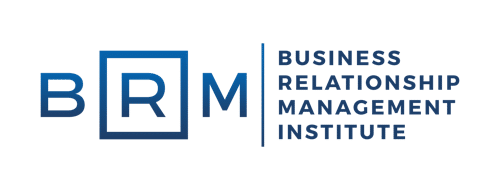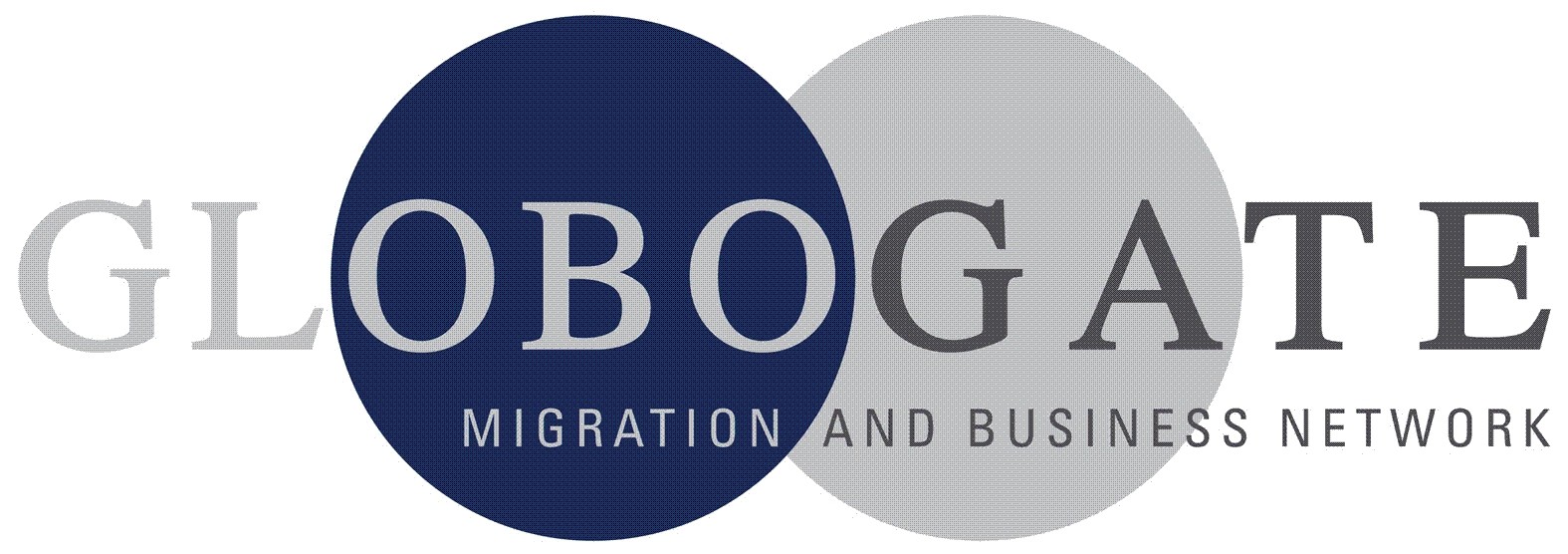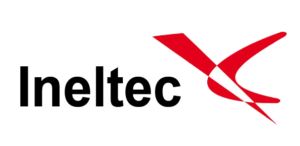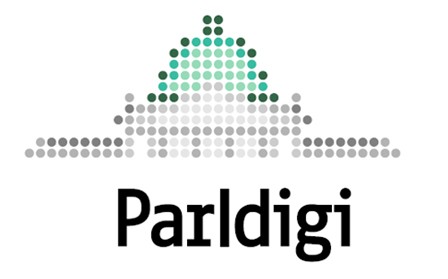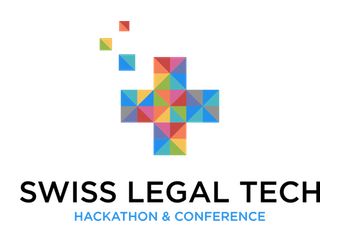Understanding the Security Implications of the Machine-Learning Supply Chain
Sven Herpig The hopes and expectations connected to artificial intelligence are staggering. All major powers have started
investing heavily in the research and development of artificial intelligence – especially machine learning. This
progress may be driven by a goal that has been described in – an oversimplified but clear way – by Vladimir
Putin. He has famously been quoted as saying that the nation that leads in artificial intelligence “will be the
ruler of the world”. Countries such as the United States and China, and especially their respective private
sectors, seem to have the upper hand in research and application right now. However, a vast number of affected
sectors and possible specializations – such as securing artificial intelligence – enable a number of states and
non-state-actors to meaningfully engage in this domain.
Unfortunately, drivers of technological
developments frequently follow the “move fast and break things” mentality, sometimes resulting in destabilizing
effects for the entire Internet ecosystem. Governments and companies must not repeat a grave mistake of the
past: having security only as an afterthought. In order to create an enabling environment for the development
and deployment of artificial intelligence, security considerations must urgently be addressed across the entire
machine-learning supply chain.
Applications leveraging artificial intelligence will be highly integrated
into the cyber domain and will likely experience adverse effects accordingly. These include but are not limited
to geopolitical cyber operations, illegal transfer of intellectual property, national surveillance apparatuses,
financial theft, and cybercrime. Every new technology attracts adversaries who will exploit it for their own
gain, be it financially, politically, or otherwise motivated. Thus, there will be a number of capable and
willing threat actors out there who want to meddle with systems powered by artificial intelligence.
Therefore,
it is crucial to understand the supply chain and secure it against adversarial interference. The paper
recommends decision-makers implement the following to achieve this goal:
- Design a security approach rooted in conventional information security
- Increase transparency, traceability, validation, and verification
- Identify, adopt, and apply best practices
- Require fail-safes and resiliency measures
- Create a machine-learning security ecosystem
- Set up a permanent platform for threat exchange
- Develop a compliance-criteria catalog for service providers
- Foster machine-learning literacy across the board
Source and complete article: stiftung-nv.de
























